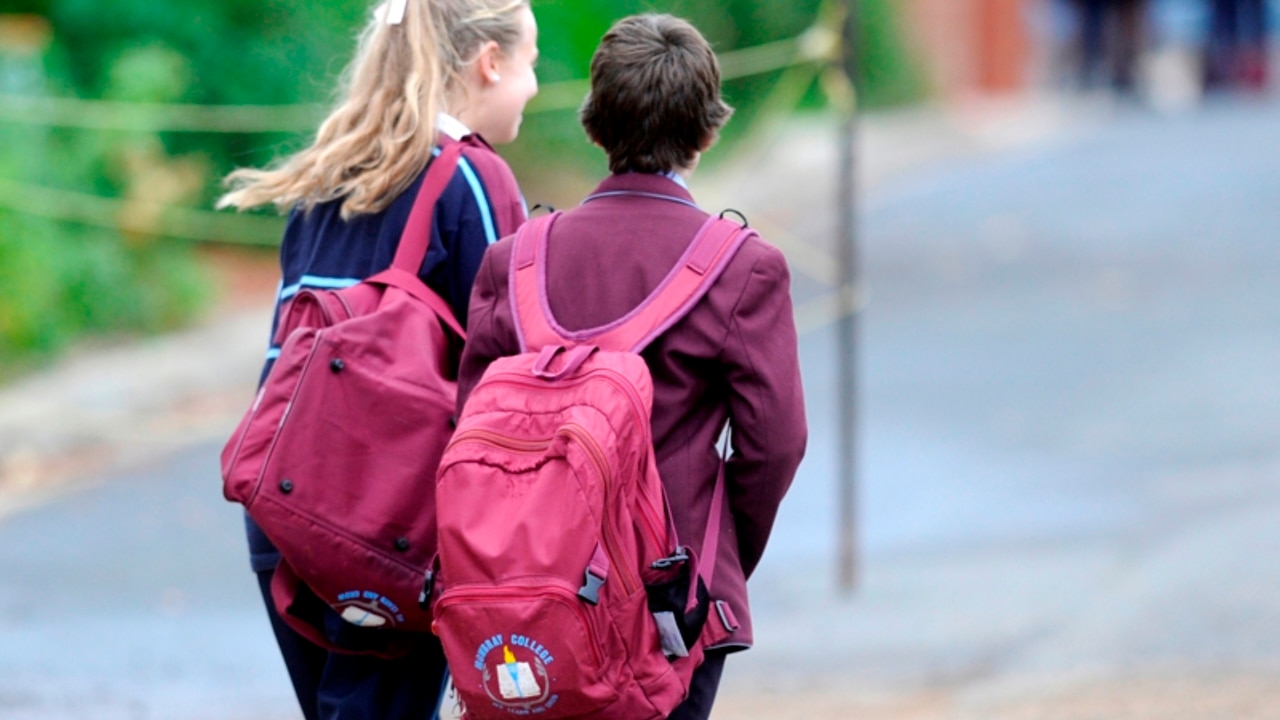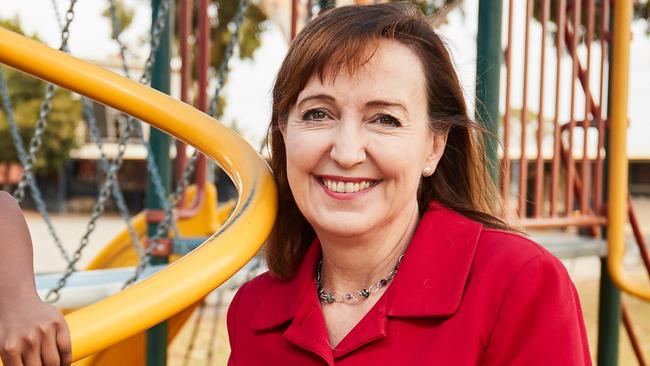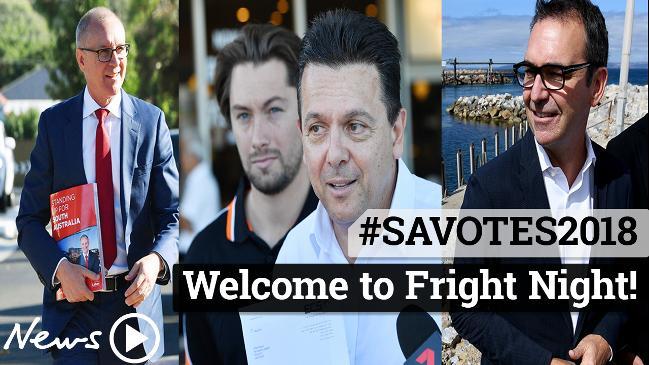State Government has no accurate data on thousands of students who fail to complete SACE
PARENTS say it is “unfathomable” that the State Government cannot do better than a “napkin calculation” of how many thousands of students fail to complete the SACE, given the “devastating” costs of not finishing school.

SA News
Don't miss out on the headlines from SA News. Followed categories will be added to My News.
PARENTS say it is “unfathomable” the State Government cannot do better than a “napkin calculation” of how many thousands of students fail to complete the SACE, given the “devastating” social and financial costs of not finishing school.
The Advertiser previously estimated at least a third of public school students did not achieve the high school qualification.
The Education Department did not dispute the figures and said it was exploring the extent of the problem.
But more than a year later, and following repeated requests from The Advertiser, Education Minister Susan Close could not provide a clear picture across school sectors.

“As a crude measure it can be estimated that around 75 per cent of South Australian students graduate high school – there are 20,000 births each year and over 15,000 students graduate either the SACE or IB (International Baccalaureate) each year,” she said.
David Knuckey, who heads peak parent group the SA Association of State School Organisations, said it was “unfathomable” the Government was relying on a “napkin calculation” and appeared not to know “what the real number is, who these children are, why the children are failing, or what happens to them”.
“Based on the minister’s calculations, tens of thousands of SA children have failed to complete (the SACE) this decade alone. What sort of lives are they living and what future do they have?”
The Education Department has said it was investigating reasons students do not attempt the SACE, including those in alternative “flexible learning options”.

Dr Close said the Productivity Commission’s method for calculating Year 12 attainment across all schools showed SA leading the nation.
“While longitudinal studies and data from the non-government sector will help us to get a clearer picture of the numbers, what we want to do is get down to the finer detail of where students need more assistance in achieving their SACE, and support them to do this,” she said.
Dr Close said there was “a complexity of accounting across sectors” as students moved between public and private schools. The broad education Bill that did not pass Parliament late last year would have helped “resolve that issue” – though she did not say how – and a re-elected Labor government would reintroduce the legislation.
Opposition education spokesman John Gardner said the Liberals would provide incentives to employers who took on young apprentices to help them complete their SACE as well.


